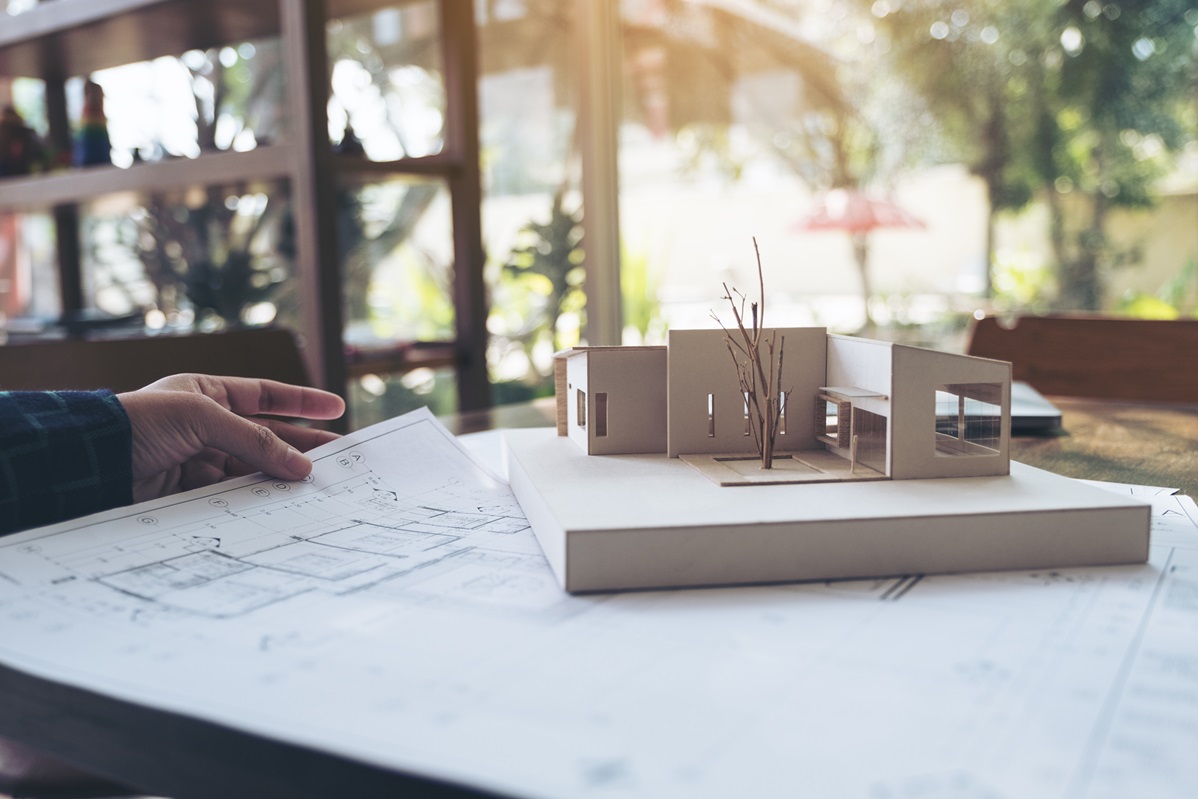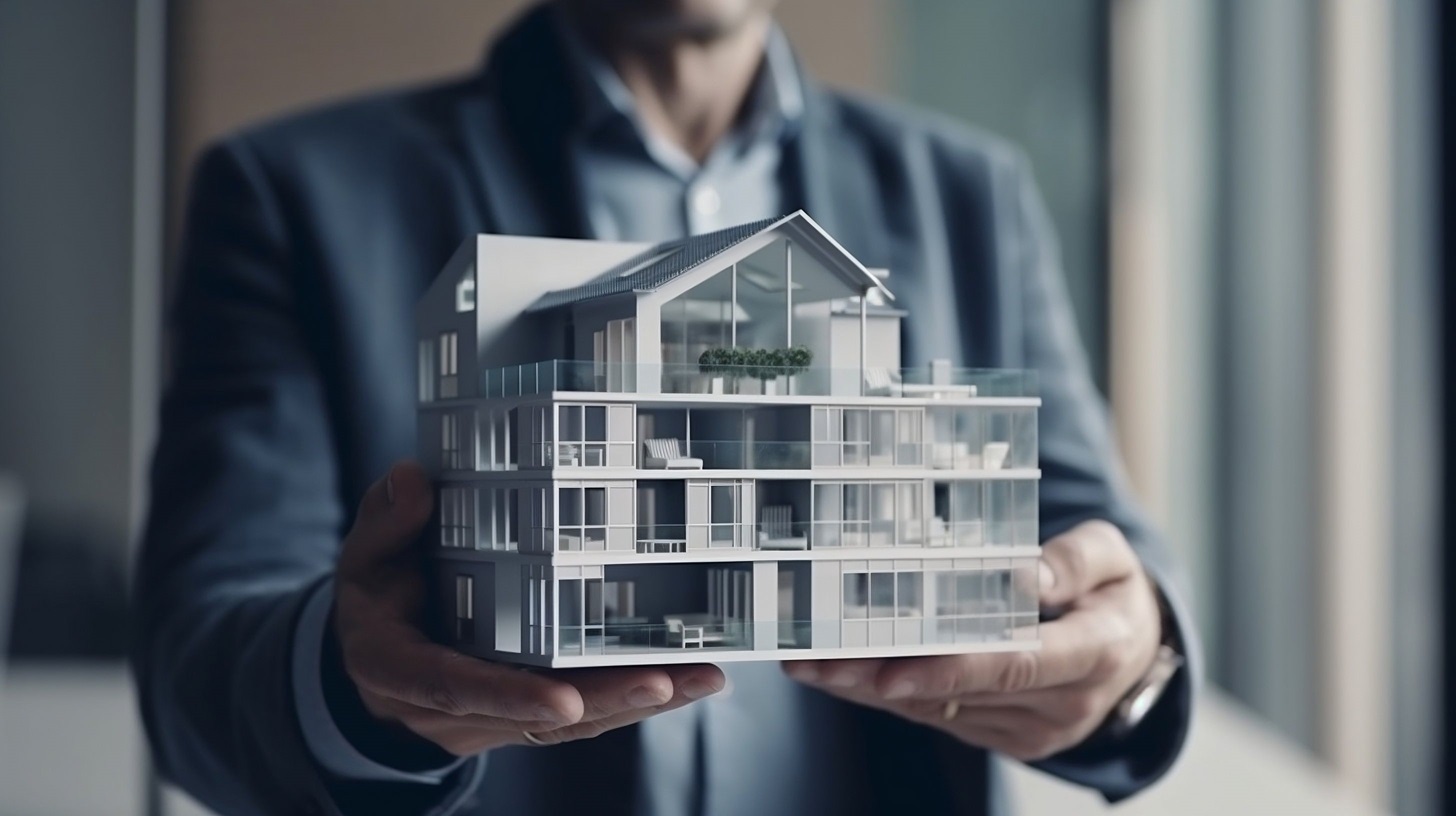ISLAMABAD: PTI’s founding chairman Imran Khan in his message from Adiala Jail, Mr Khan urged the judges hearing his and his wife
Introduction:
Sustainable architecture is a design approach that seeks to minimize buildings' negative environmental impact by maximizing efficiency and moderation in using materials, energy, and development space. In cities like Islamabad, architects in Islamabad play a pivotal role in incorporating sustainable principles into their designs, ensuring that structures blend harmoniously with the surroundings and contribute positively to the environment. This approach aims to create healthier living and work environments while reducing the built environment's overall carbon footprint. The importance of sustainable architecture cannot be overstated in today's world, where environmental concerns are at the forefront of global discussions. For more insights on sustainable architectural practices, check out the work of architects in Islamabad.
Benefits of Sustainable Architecture:
Environmental benefits
One key benefit of sustainable architecture is its environmental impact. Sustainable buildings are crucial in mitigating climate change by reducing the carbon footprint through energy-efficient design and renewable energy sources. Additionally, conserving natural resources and promoting biodiversity are essential aspects of sustainable architecture, contributing to the planet's overall health.
Economic benefits
From an economic standpoint, sustainable architecture offers long-term cost savings. While initial investments may be higher, the operational costs of sustainable buildings are significantly lower due to energy efficiency and reduced water consumption. Moreover, sustainable buildings often command higher property values and are more attractive to environmentally conscious buyers, leading to increased returns on investment.
Social benefits
Socially, sustainable architecture creates healthier living environments for occupants. Sustainable buildings promote better indoor air quality and well-being by incorporating natural lighting, proper ventilation, and non-toxic materials. Furthermore, sustainable design encourages community engagement and empowerment, fostering a sense of responsibility towards the environment and future generations.
Principles of Sustainable Architecture:
Energy efficiency
Energy efficiency is a fundamental principle of sustainable architecture. By utilizing renewable energy sources such as solar or wind power and implementing passive design strategies like orientation and shading, buildings can significantly reduce their energy consumption and reliance on fossil fuels. It reduces operational costs and decreases greenhouse gas emissions, creating a cleaner environment.
Water efficiency
Water efficiency is another critical aspect of sustainable architecture. Practices such as rainwater harvesting and greywater recycling help conserve water resources and reduce the strain on municipal water supplies. Sustainable buildings can minimize water wastage by implementing water-efficient fixtures and landscaping strategies and promoting responsible water usage.
Material selection
Material selection is crucial in sustainable architecture, using sustainable and recycled materials. By choosing materials with low environmental impact and high durability, buildings can reduce their carbon footprint and minimize waste during construction and demolition. Additionally, incorporating strategies such as modular construction and adaptive reuse further enhances the sustainability of architectural projects.
Challenges and Solutions:
Despite the numerous benefits of sustainable architecture, implementing sustainable practices can be challenging, particularly in countries like Pakistan. One of the primary challenges is the initial cost of sustainable design and construction, which can be higher than traditional methods. However, this challenge can be overcome through long-term cost savings and incentives such as tax benefits for green buildings. Educating stakeholders about the financial benefits of sustainable architecture is crucial in addressing this challenge.
Another challenge is the lack of awareness and expertise in sustainable design and construction practices. Many architects, engineers, and builders in Pakistan may lack the training or knowledge to implement sustainable strategies effectively. In address, educational programs and workshops on sustainable architecture should be promoted to enhance the skills and awareness of professionals in the industry.
Government support and policies play a vital role in promoting sustainable architecture. In Pakistan, the government can incentivize sustainable building practices through tax breaks, subsidies, and building regulations prioritizing environmental sustainability. By creating a supportive policy environment, the government can encourage the widespread adoption of sustainable architecture and drive positive change in the construction industry.
Future of Sustainable Architecture in Pakistan:
Sustainable architecture in Pakistan holds great promise for addressing environmental challenges and creating more resilient communities. As awareness of climate change and environmental degradation grows, there is an increasing demand for sustainable buildings that prioritize energy efficiency, water conservation, and material sustainability. Architects and developers in Pakistan have the opportunity to lead the way in designing innovative and environmentally friendly buildings that set new standards for the industry.
Education and awareness will be key drivers in promoting sustainable architecture in Pakistan's future. By integrating sustainable design principles into architectural curricula and professional training programs, the next generation of architects and builders can be equipped with the knowledge and skills to create sustainable buildings. Additionally, public awareness campaigns and community engagement initiatives can raise awareness about the benefits of sustainable architecture and encourage individuals to support green building practices.
Collaboration between government, industry, and academia will be essential in shaping the future of sustainable architecture in Pakistan. By working together, stakeholders can develop comprehensive strategies and initiatives that promote sustainable building practices and address environmental challenges. Public-private partnerships can also be crucial in funding sustainable projects and driving innovation in the construction sector.
The potential for growth and development of sustainable architecture in Pakistan is significant. With a rapidly growing population and urbanization, there is a pressing need for sustainable buildings that can accommodate these changes while minimizing their environmental impact. By embracing sustainable design principles and technologies, Pakistan can create a built environment that is resilient, resource-efficient, and conducive to the well-being of its inhabitants.
Conclusion:
Sustainable architecture is a trend and a necessity in today's world. The benefits of sustainable buildings extend beyond environmental conservation to encompass economic savings, social well-being, and long-term resilience. In Pakistan, where environmental challenges are increasingly evident, adopting sustainable architecture practices is crucial for creating a more sustainable and livable future.
By integrating energy-efficient design, water conservation strategies, and sustainable material choices, architects and builders in Pakistan can contribute to a greener and more sustainable built environment. Overcoming challenges such as cost barriers, lack of awareness, and policy gaps will require collective effort and commitment from all stakeholders involved in the construction industry.
As the future of sustainable architecture in Pakistan unfolds, education, advocacy, and collaboration must remain at the forefront of efforts to promote sustainable building practices. By embracing sustainability as a core architectural design and construction principle, Pakistan can pave the way for a more environmentally conscious and resilient future.
FAQS
What is sustainable architecture, and why is it important?
Sustainable architecture refers to designing buildings that minimize their environmental impact and resource consumption while enhancing the well-being of occupants. It is essential because it helps address environmental challenges, promotes resource efficiency, and creates healthier and more resilient communities.
Why is sustainability important in modern architecture?
Sustainability is crucial in modern architecture to combat climate change, reduce energy consumption, and protect natural resources. By integrating sustainable practices, modern architecture can contribute to a more sustainable and environmentally conscious built environment.
What is the importance of sustainable design?
The importance of sustainable design lies in its ability to create buildings that are energy-efficient, environmentally friendly, and socially responsible. Sustainable design considers a building's life cycle, from construction to operation and eventual decommissioning, to minimize its environmental footprint and maximize its benefits to society.
Why is sustainable building important?
Sustainable building is crucial because it helps reduce carbon emissions, conserve resources, and create healthier indoor environments. By incorporating sustainable construction practices, buildings can lower energy costs, improve occupant comfort, and contribute to a more sustainable future for the planet.
You May Also Like
ISLAMABAD: PPP Chairman Bilawal Bhutto-Zardari on Friday nominated two senior party leaders for the posts of Khyber Pakhtunkhwa
UNITED NATIONS: Pakistan has urged the UN General Assembly and the Security Council to address India’s new strategy of






